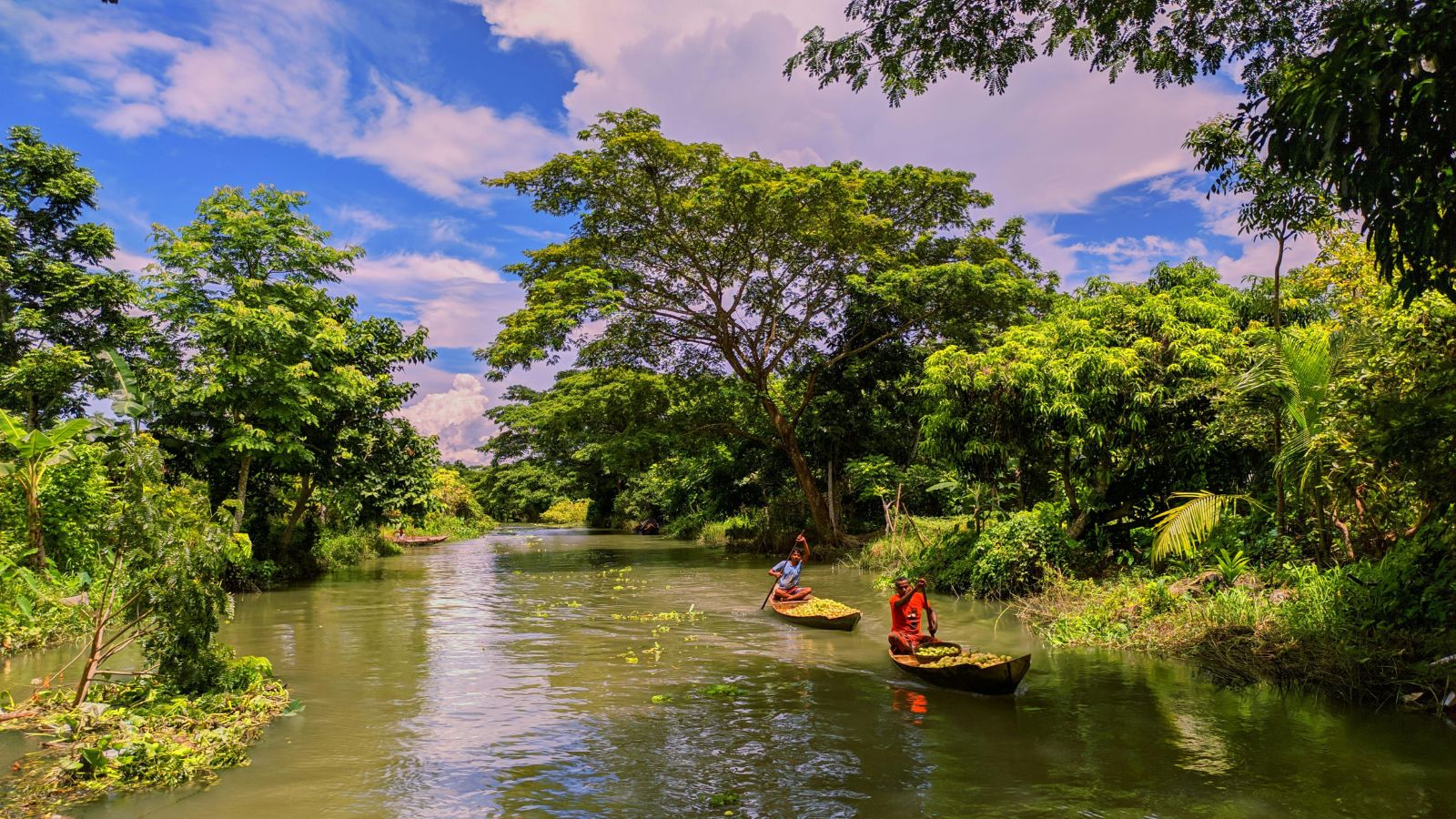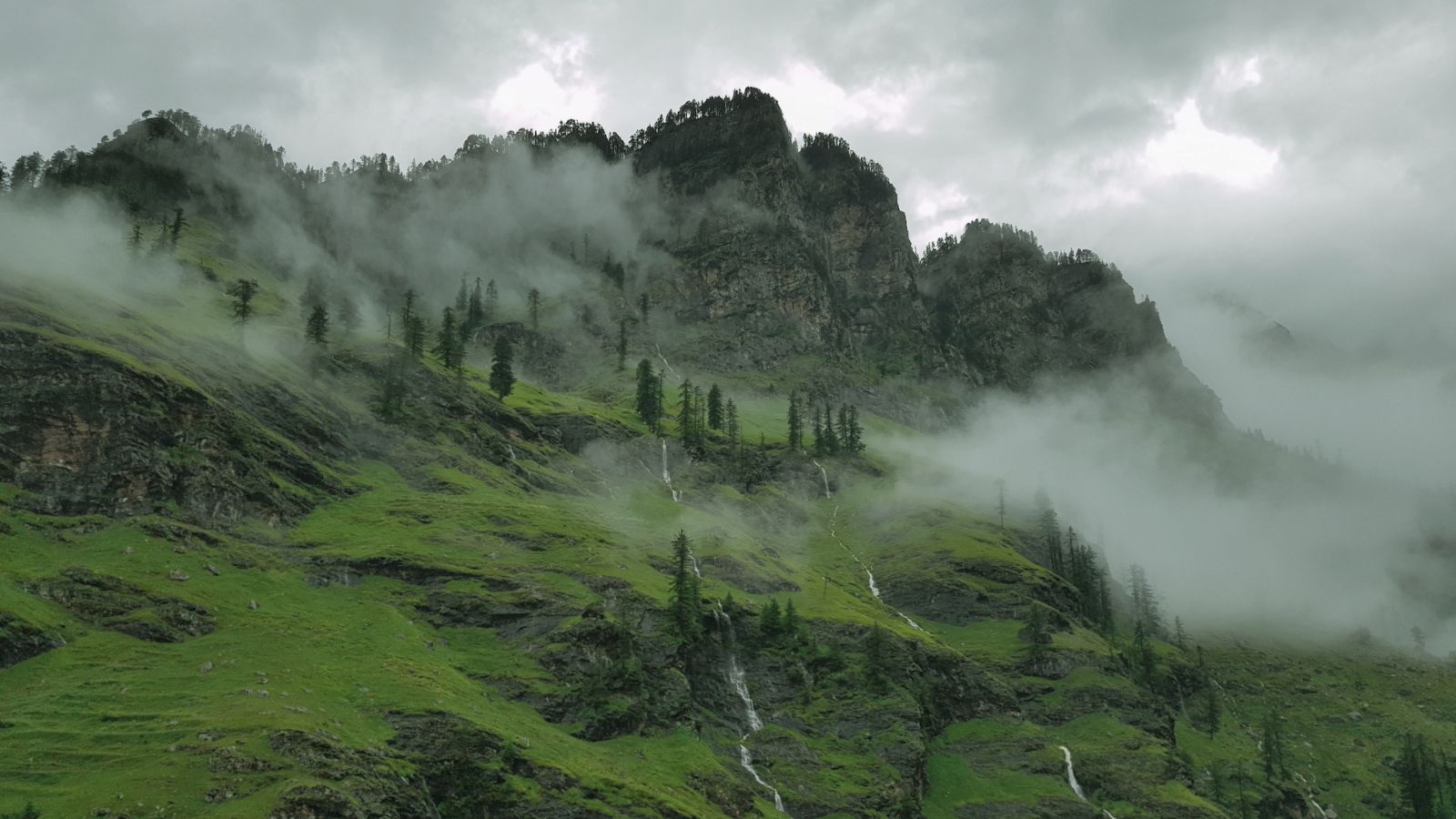Background Of The Study
Bangladesh is an amazingly diverse country in terms of physiographical and climatic variations, where a variety of ecosystems such as mangroves, freshwater wetlands, tropical rainforest, and the extensive flood plains are preserved for future generations. These different types of habitats support a variety of wildlife, including wild animals such as the Bengal tiger and the freshwater dolphin, a wide variety of bird species, and other creatures. Bangladesh, in spite of being confronted with numerous threats to its environment, has begun making remarkable progress in wildlife conservation, partly as a result of government projects as well as local and international NGOs. Alongside these conservation efforts, platforms like https://elook.org/en-bd/casino/banger/ symbolize the nation’s adaptability, blending traditional values with modern advancements, as the country navigates its path toward sustainable development. It could further enhance the knowledge of wildlife regions within Bangladesh that need attention.
The Sundarbans in Bangladesh: The Largest Mangrove Forest in the World
The Sundarbans, located in southwestern Bangladesh, is the largest mangrove forest in Asia and a world heritage site recognized by UNESCO. This sprawling habitat accommodates various forms of wildlife, including critically endangered animal species like the Bengal tiger, the spotted deer, the Saltwater Crocodile, and plenty of avian and marine life. A complex biome made up of many tidal rivers, mudflats and small islands thrives in such rich diversity of life.
The Sundarbans also useless buffer zone to the southern population safe from cyclone, tidal surge. On the other hand, the Sudarbans is also under threat of deforestation, illegal hunting, and rising sea levels due to global warming. Most of the conservation projects focus on creating protected areas or deploying community-based anti-poaching units which encourage the community to protect the Sundarbans and its unique wildlife.

The Bengal Tiger Wildlife: Vanished From The Indian Subcontinent
The Bengal tiger must rank among the popularly regarded magnificent and severely endangered species in the world. Its principle remaining safe haven is the Sundarbans swamp forest of Bangladesh. As a result of the continued and further targeting of the population for poaching of the Bengal tiger. There is approximately 4000 individuals remaining in the wild throughout the world. Saves the tiger of the moment. In Bangladesh, due to anthropogenic factors tiger population has gotten affected mainly because of deforestation, man-animal conflict and hunting.
In response to these threats, the government as well as conservation agencies have set up tiger reserves, conducted monitoring pro-grams and instigated human-tiger conflict resolution initiatives. The society is also encouraging with members of the community partaking in conservation education, engaging in anti-poaching missions and participating in development programs that lessen dependence on the forests.
The One of a Kind Ganges River Dolphin
Shushuk or Ganges River Dolphin as it is popular known in the native language is an endangered species of fresh water dolphins found in Bangladeshs rivers. This species of fish is a blind dolphin that echolocates for vision and captures its prey in fish steaming in the Ganges and Brahmaputra and Meghna river system. The dog of the Ganges River is a significant bio monitoring species since it can only survive in clean healthy flowing rivers.

Dolphin populations have suffered due to pollution, the building of dams, which cause habitat loss, and dolphins becoming accidentally caught in fishing apparatus. Plans of conservation such as setting up the dolphin sanctuaries and creating awareness campaigns are going on to safeguard this species. People are also learning various methods of fishing that will not cause the dolphins or other fish out of the waters to suffer any injuries or fatalities.
The Ratargul Swamp Forest: The Bangladeshi Amazon
The Ratargul Swamp Forest positioned in Sylhet is also one of the few freshwater swamp forests available in Bangladesh thus often called getting the sobriquet ‘the Amazon of the East’. This submerged forests has varieties of aquatic plants and animals including fishes, snakes, turtles and various other birds. Due to the distinctive environment and the submerged tree and clear water, eco tourism has also been developed around the swamp.
Devising measures to conserve Ratargul has focused primarily on visitor management, controlling illegal exploitation and drainage that couldeliminate the swamp forest. The development of promotion strategies for this environmental undertaking as well as projects has encouraged the enhancement of well balanced tourism where the local people benefit economically without destroying the great natural beauty of the area.
Lawachara National Park: Ecotourism In Bangladesh Treasure Of Flora And Fauna Diversity
Lawachara National Park found at the northeastern part of the country of Bangladesh is a tropical rain forest filled with so many wild life including the critically endangered Western Hoolock gibbon, capped languor, all combinations of birds possible. This thick forest comprises more than 460 species of plants and lays as a very important passage of inter regional and cross border movement of animals.
Although it is a protected area, Lawachara continues to be threatened by illegal logging, land encroachment, and human-wildlife conflict. The conservation initiatives inside the park are systems restoration, anti-poaching teams, and enlisting local peoples to ecotourism and sustainable forest practices. Programs for conservation of the environment integrated into the community have been particularly efficient in scaling the understanding and participation of the people in the conservation of this biodiversity hotspot.
The Haor Wetlands: Bird’s Paradise
The Haor wetlands in northeastern Bangladesh are seasonal freshwater lakes which serve as an important breeding ground for migratory as well as resident birds. During the monsoon season, the Haors are flooded and they become extensive water bodies that may law numerous birds including geese, herons and the rare Pallas’s boating fishing eagles. The wetland also enhances the already existing local fisheries and agricultural activities thus important to the wildlife as well as the human population.
However, the Haor wetlands are increasingly and more rapidly under threat of agricultural encroachment, pollution and the excess harvest of fish. Included in the conservation actions are wetland rehabilitation and restoration, sustainable fishing, and the responsible use of birds’ habitats. Also, bird watching is being developed as a type of tourism for bringing money to people and raising awareness of the benefits of we
Conservation of Sea Turtles: Protecting Nesting Beaches
The coastal belt of Bangladesh including Cox’s Bazar, Saint Martin’s Island and other’s are the major nesting areas for Olive Ridley, green and hawksbill turtles and other species of sea turtles in the country. These turtles are carrying so many threats and including poaching of eggs, habitat loss and accidental captures in the fishing nets.
To save these endangered lesbians, the conservation groups are developing turtle hatcheries, running beach cleaning and monitoring initiatives and have involved the local people in the defense of nesting places. Awareness campaigns aim at educating fishermen on appropriate measures and also involving the local populace in ode to help rescue these ancient sea creatures.
The Role of NGOs in Wildlife Conservation
In the wildlife conservation actions in Bangladesh, the non-governmental organizations (NGOs) are very significant. Wildlife Conservation Society (W.C.S), International Union for Conservation of Nature (I.U.C.N) and other native based organization’s such as Bangladesh Forest Department help to conserve endangered wild animals, rehabilitate their habitats and integrate society with conservation.
The nature conservation NGOs conduct investigations, deal with the implementation of conservation measures, as well as train and educate the local population. They work in collaboration with the state, to formulate policies that would enhance the responsible utilization of natural resources and cushion the essential ecosystems. Their work is commendable for building support to influence change in the attitude and practice of wildlife related activities in Bangladesh.
Challenges to Conservation: The Quest For Development Vis-A-Vis Protection
Regardless of the achievements, there remains a level of theoretical potential and practical realisation of wildlife conservation in Bangladesh. There is a big strain on fauna and flora due to increased urban settlement, civil industries, deforestation and climate changes. Efforts to seek economic advancement without regard for the environment and vice versa remains a way of life and is complicated requiring creative solutions and strong political resolve.
The role of the community is still one of the integral aspects in the effective conservation process. Education, alternate income-generating activities, and participation in conservation activities leads to ownership towards the environment. Further protection of the country’s cardinal natural resources will also envisage better implementation of environmental law, increase in protected area and more resource allocation toward research and technology.
Conclusion
The unique biological and ecological treasures of Bangladesh are the resources that enhance the country’s culture and use. From the Sundarbans and the mangrove tigers through the Ratargul Swamp Forest to the Haor wetlands, the forests and jungles are ennobling and exotic and in need that they are protected for coming generations. Great progress has been made in the conservation efforts thanks to the activities of the government, NGOs and people on the ground but the problems still exist and a lot remains to be done.
As Bangladesh progresses, so does the need to balance development and green practices in order to safeguard the resources of the country. Bangladesh will bear wildlife and remain a cutting edge in the conservation of biological diversity with the help of such projects and awareness of the people to nature.

